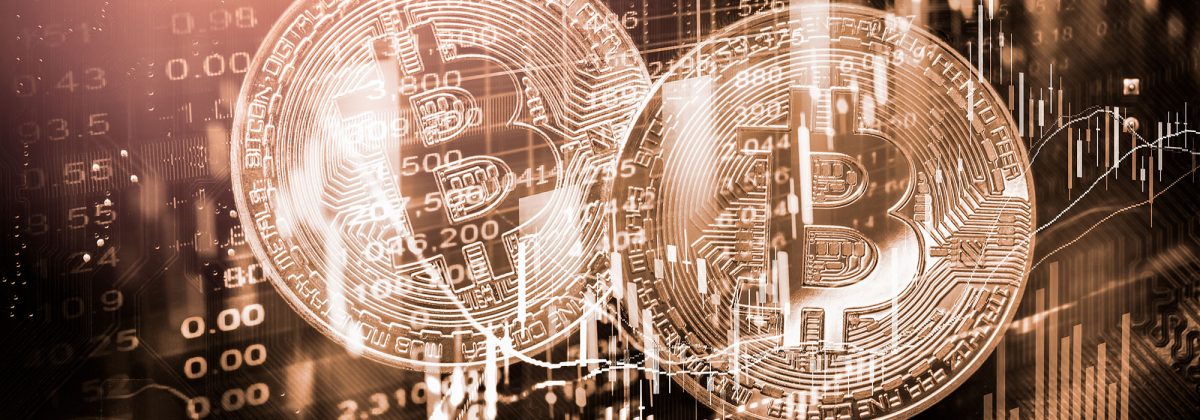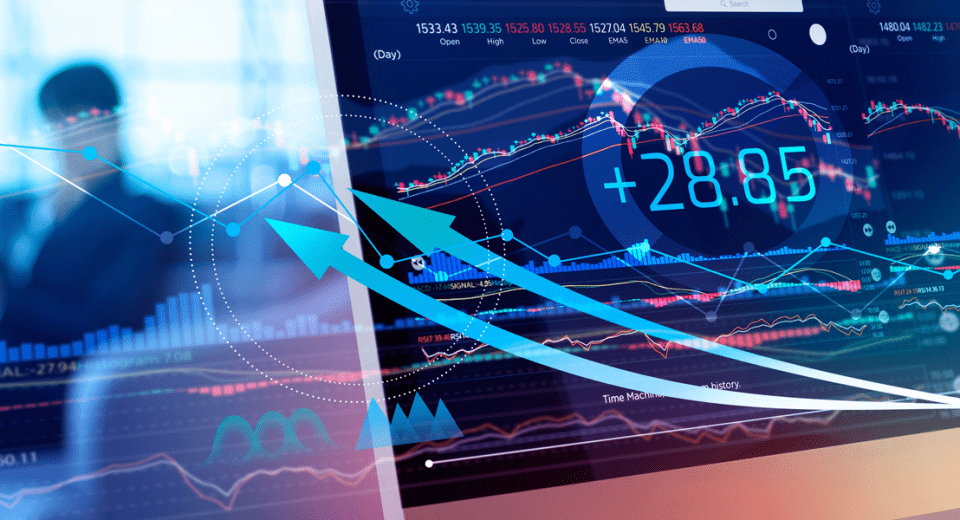A recent report by Bitwise Asset Management claimed that 95% of the trading volume listed on CoinMarketCap was fake, findings that the bitcoin exchange finally accepted. The Global Head of Marketing of the company, Carylyne Chan, also said that the company plans to launch a new range of tools in order to enhance transparency of operations.
CoinMarketCap is one website that a lot of people check for industry rankings, prices and exchange volumes. So, obviously, the news created quite a stir in the crypto market, along with concerns as to which cryptocurrency exchange was reporting the truth and which ones weren’t.
But, what could the motive behind publishing fake trading volumes be? And, what does it mean for traders?
What is Wash Trading & How is it Done?
Suppose a large broker, with 10 to 20 thousand clients, gets orders for popular stocks, like Unilever or British Airways. One thing they can do is to take a sell order from a client for a thousand shares and a buy order from a different client for the same number of shares and swap them, without even placing them on the market.
The clients would never come to know of this, if it is done via netting. The broker can charge commissions to both parties without even having to pay any market transaction fees, even if they had just transacted 5% of what was asked to be sold or bought.
In contrast to this, when a broker is “washing” a trading book or engaging in “wash trading” they are merely fabricating trades. This is because the broker is the counterparty on both ends of the trade.
A trade like this might look legitimate but, in reality, the broker is the seller as well as the buyer. There is no commission involved and nothing, apart from the trading volume, is affected.
Wash trading is not very difficult to pull off, given that exchanges can add bots as a layer to their trading structure. This will prevent any direct interactions with the trade.
Also, there is no need to search online for illegal black hat services, since a few lines of code can do the job.
Reasons for Showing Fake Trading Volumes
There are a number of incentives for exchanges to display fake cryptocurrency trading volumes.
To Get ICOs Listed
One key motive is to attract Initial Coin Offering (ICO) projects that want to be listed on exchanges that see a lot of trading. In order to successfully list ICOs, some exchanges charge a fee as high as two million dollars.
To Bring in More Traders
In order to get real investors to trade on smaller platforms, an exchange could inflate the volumes to make their offering look more attractive.
When there are larger trading volumes, liquidity is likely to be higher too. This means that it will be much easier for investors to move in and out of positions quickly, while offering the potential to make profits when an opportunity arises.
Although the same can be done in the traditional stock markets, such occurrences are highly unlikely. This is because they are heavily regulated and penalties for indulging in black hat practices are huge.
What Issues are the Regulators Facing?
The main responsibility of protecting investors against possible losses due to misinformation lies with the regulators. But the lack of proper knowledge about cryptocurrencies has been a big hurdle. Even a decade after Bitcoin was introduced, it is still not well understood by the general public. A study conducted by UK’s financial regulator in March 2019 states that only 27% of people in England could describe what a cryptocurrency was.
Things aren’t great in the larger financial world either. Many financial regulators are facing a hard time deciding what cryptocurrencies actually are. Are they securities, commodities or assets? Also, as the attributes of blockchain technology are unique, they do not fit into the existing regulatory system.
So, it might be said that the extremely slow pace of country-level regulation is a big issue for investors. The level of desperation can be seen from the call for EU-wide regulation by the European Securities and Markets Authority (ESMA) at the start of 2019.
Future Impact of Wash Trading
Over time, the problem of wash trading or fake trading volumes has grown significantly. Research suggests that the number of fake trades are only expected to continue to rise.
This is also indicated by the increasing level of fake trading volumes shown by recent studies. In October 2018, reporters at The Wall Street Journal investigated this issue and estimated that 67% of the crypto volume was completely fake.
After a few months, the Blockchain Transparency Institute published a report that revealed that up to 99% of the trading on some exchanges was clearly wash trade.
A large number of big banks have gained exposure to cryptocurrencies, which poses a risk to their security. This is due to the vast number of fake trades that keep on inflating prices.
The Financial Stability Board, in its July 2018 report to the G20, highlighted that illegal practices seen in the stock markets were rampant in the crypto markets as well. These include wash trading, pump and dump schemes and spoofing.
Pump and dump is a type of scam where an investor or a group of investors promote a stock or crypto as a “hot tip” or the “next big thing” and sell it off once the price has risen due to this endorsement. The promotion of the stock is accompanied by details of news that could possibly take the prices soaring to very high levels.
Spoofing is an illegal method in which trading bots are used to place sell or buy orders to move markets in a particular direction, while pulling out those orders just before they are executed. This can have an immediate impact on prices. When traders see that large orders are being placed, they might be lured to follow suit.
Given the increase in fake trading volumes, it is important to stay alert about the potential risks and scams. Base all trading decisions on established strategies and sound analysis.
Reference Links





